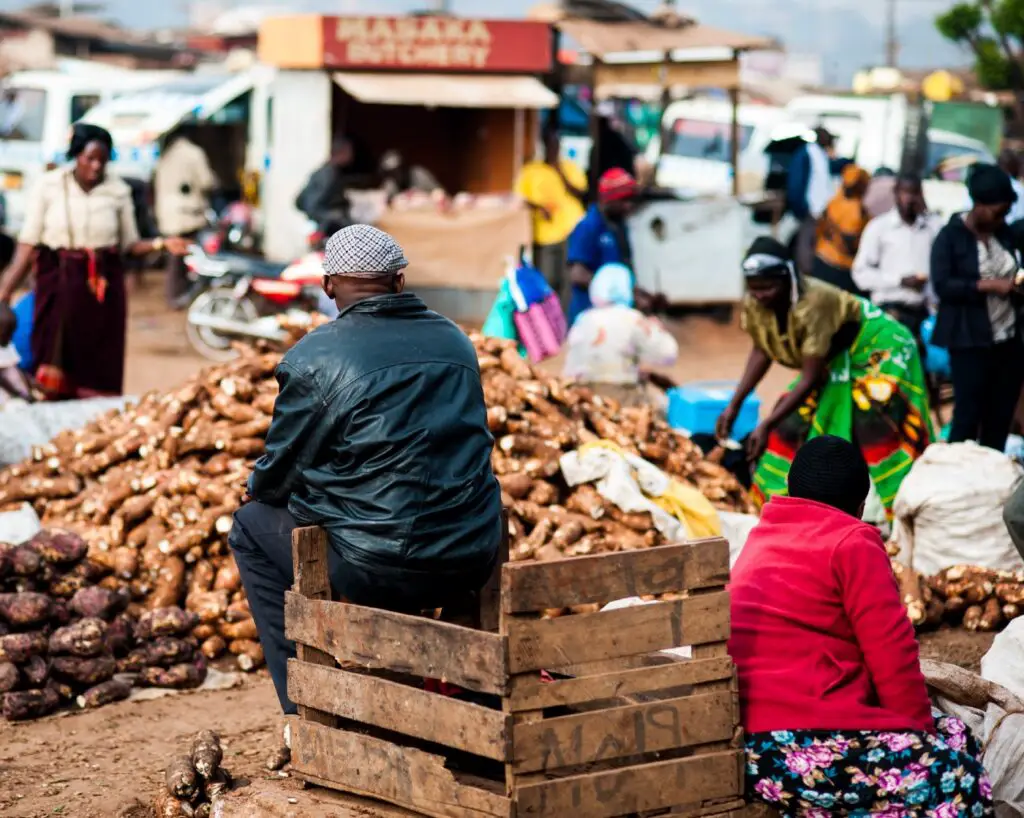- World Bank forecast Africa’s economy to grow by 3.6 per cent in 2022
- Circular economy stand to improve job creation and the industrial sector in Africa
- Africa Agenda 2063 could be achieved swiftly by circular economy models
The circular economy is a bankable business model for Africa. It enables the realization of sustainable development in Africa, said African Development Bank’s climate change and green growth department Officer-in-charge AL-Hamndou Dorsouma, according to information from African Development Bank.
Africa’s economy could be revitalized by strategic circular economic models, especially during these recovery times, when Africa is struggling to rebuild its economy hurt by the pandemic.
The circular economy brings an airtight system, solution and framework that utilizes all economic and industrial operations to bring sustainable services and products to the market that maintain the highest value over time – to eliminate waste, reduce energy consumption and increase the durability of products.
READ: Kenya: Central Bank calls for views on adopting digital currency
According to the AfDB, the 7th Europe-Africa Business Forum last week urged nations to scale up circular value chains to accelerate industrialization and job creation in the green economy.
“The circular economy refers to a model of sustainable production and consumption that aims to decouple economic growth from resource consumption. This includes designing products for longer use and ease of repair” AfDB.
The pandemic brought the region’s GDP to contract by 2.1 per cent in 2020. While in 2021, in Sub-Saharan Africa, it grew by a modest 3.7 per cent (IMF).
The outlook for 2022 points out that the growth trend will increase by 0.1 per cent to 3.8 per cent, according to African Business.
Read: Can East Africa leapfrog to a circular economy?
In that context and as argued by AfDB, circular economy models stand to tackle the job creation puzzle, which might handle the 450 million working-age population expected to enter the market by 2035.
The head of AfDB’s climate change and green growth department argued that the circular economy offered a low-carbon and climate compatible development strategy with substantial adaption benefits for the continent.
On the other hand, the African Union, Commissioner for Rural Economy and Agriculture noted that active regional cooperation on the circular economy could help Africa achieve Agenda 2063 by reducing reliance on imports, enhancing resource efficiency, innovation and job creation.
The World Bank forecasted sub-Saharan Africa growth would accelerate slightly to 3.6 per cent in 2022 and rise further to 3.8 per cent. in 2023. Thus—circular economy models stand to alter these predictions and raise the possibility of the economy expanding beyond these figures.
In that context, market awareness, behaviour change, greater access to data and regularization of informal activities are factors provided by forum panellists to influence the transition to the circular economy.
Circular economy progress in Africa
Following the latter, there are good case studies in Africa regarding the circular economy progress. African circular economy landscape is getting more prominent and promising as more nations and stakeholders.
The Platform for Accelerating Circular Economy (PACE) is advancing the narrative forward with the help of funding institutions, public entities, development partners, and research centres.
Some of the African countries gradually fitting their economy within a circular narrative are PACE members. Cote d’Ivoire, Ghana, Nigeria, Rwanda and South Africa.
While, AfDB, World Economic Forum, Circular Economy Network, Global Environment Facility, Government of Finland, UN Environment, and UN Development Program support circular economy efforts with PACE.
African nations with untapped natural resources and a growing population stand a chance to ascend beyond low-emission and adopt a climate-resilient economic model by embracing circular economy models which promote social inclusivity (PACE).
Critical issues such as understanding hotspots of food and waste, setting up an effective collection system, planning and installing sorting, pre-processing and recycling, incentivizing and supporting product design for reuse and recycling of plastics, making fibres market competitive and encouraging market to use less clothing are part of circular economy action agenda for PACE.
PACE is creating coalitions to implement on the ground projects on the circular economy and initiate pilot projects in member countries.
The platform also provides training and workshops to member countries on the matter, encouraging and facilitating partnerships and sister projects within member countries, the rest of the region and abroad.
Last year, AfDB – Africa’s very own development financier provided an in-depth report that pointed out five key sectors that have the most significant potential to drive the circular economy – a model that promotes better resource management.
The highlighted sectors were – fashion, packaging, textile, electronics, and the built environment.
It’s time for Africa to build support systems that promote forward-thinking solutions towards a circular economy.
READ: Cockroaches for lunch? Insect food market hits US$8 billion by 2030
